Tips for Laundry at Home: Expert Advice for Efficient and Effective Cleaning
Boost your laundry game with simple steps: sort by color & fabric for faster, safer cleaning. Transform this routine task into an enjoyable, efficient chore.
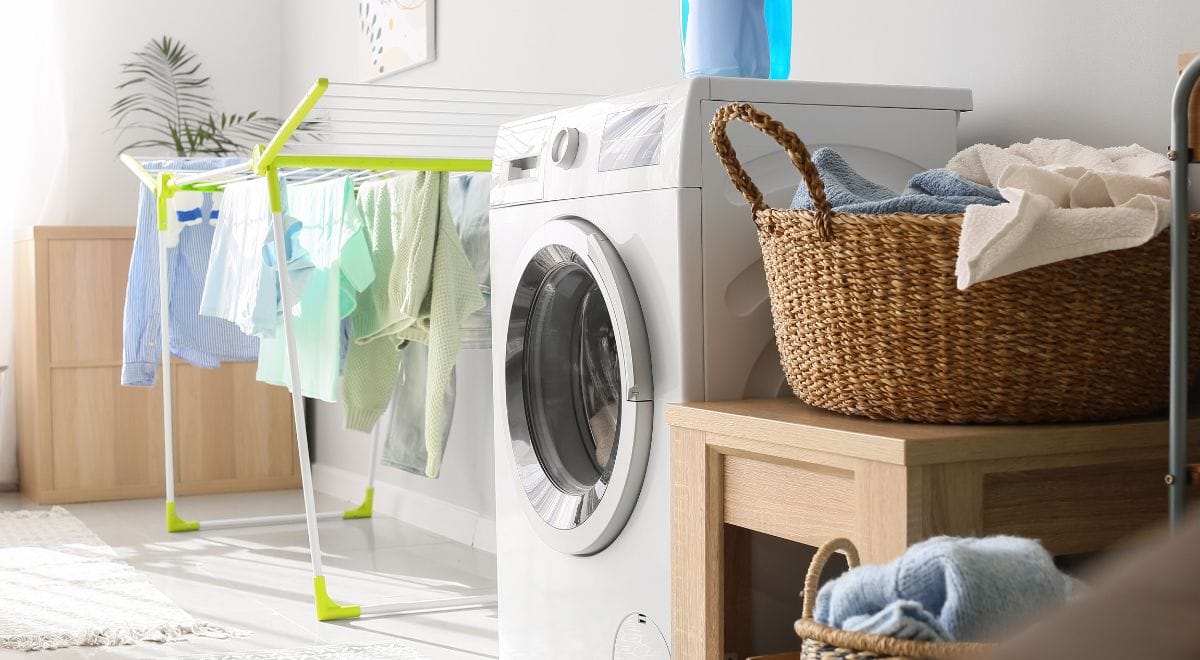
Laundry is a chore that everyone has to do, but not everyone enjoys. However, following a few simple tips can make the process quicker and easier. One of the most important things to keep in mind is to sort clothes by color and fabric type. This will prevent colors from bleeding onto each other and ensure that delicate fabrics are not damaged.
Another tip is to pre-treat stains before washing. This can be done with a variety of products, including stain removers, baking soda, and vinegar. It's also important to use the correct amount of detergent for the load size and to avoid overloading the machine. Overloading can lead to clothes not getting clean and can cause damage to the machine.
Lastly, it's recommended to air dry clothes whenever possible. This is not only better for the environment, but it can also help clothes last longer. If using a dryer, be sure to clean the lint trap after each use to prevent a fire hazard. By following these simple tips, laundry can become a less daunting task and yield better results.
- Choosing the Right Detergent
- Sorting Laundry Effectively
- Proper Loading of Washing Machine
- Setting the Right Water Temperature
- Using Fabric Softeners and Conditioners
Choosing the Right Detergent
Selecting the right detergent is crucial when it comes to doing laundry at home. There are numerous options available in the market, ranging from liquids to powders and even pods. Here are a few things to consider when choosing the right detergent for your laundry needs:
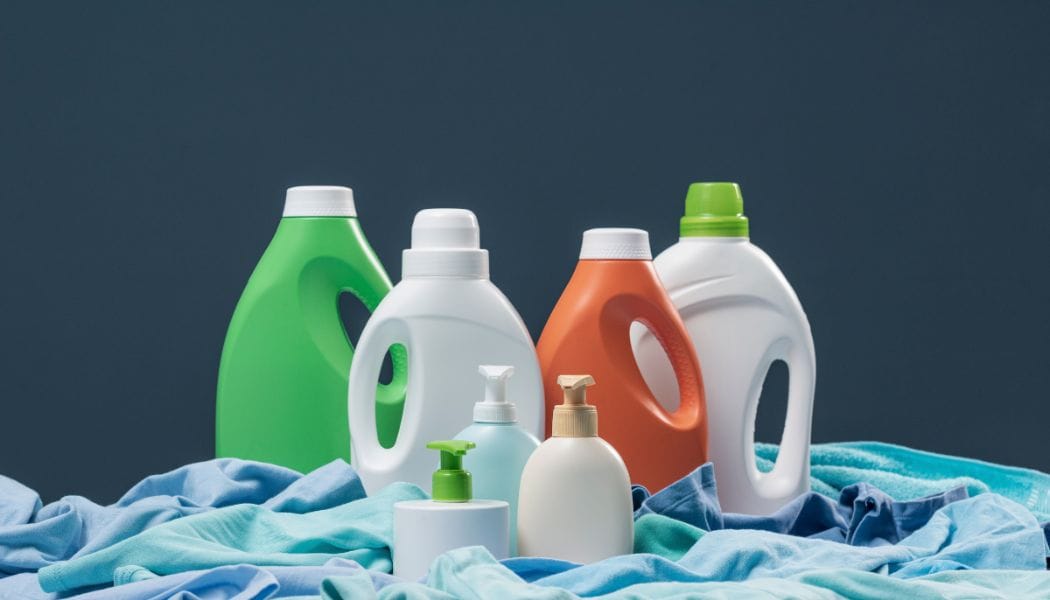
- Type of Fabric: Different fabrics require different types of detergents. For example, delicate fabrics such as silk or wool require a gentle detergent that won't damage the fibers. On the other hand, heavy-duty fabrics such as denim or work clothes require a stronger detergent that can remove tough stains.
- Type of Stains: If you are dealing with tough stains such as grease, blood, or grass, you may need a detergent with enzymes that can break down the stains. For regular stains such as dirt or sweat, a regular detergent should suffice.
- Fragrance: Some people prefer their clothes to have a pleasant scent after washing. If you are one of them, you may want to choose a detergent with a fragrance that you like.
- Allergies: If you or someone in your household has sensitive skin or allergies, you may want to choose a detergent that is free from dyes and fragrances.
- Budget: Detergents come in a wide range of prices. While some may be more expensive than others, it doesn't necessarily mean that they are better. Consider your budget and choose a detergent that fits within it.
By considering these factors, you can choose the right detergent for your laundry needs and ensure that your clothes are clean and fresh after every wash.
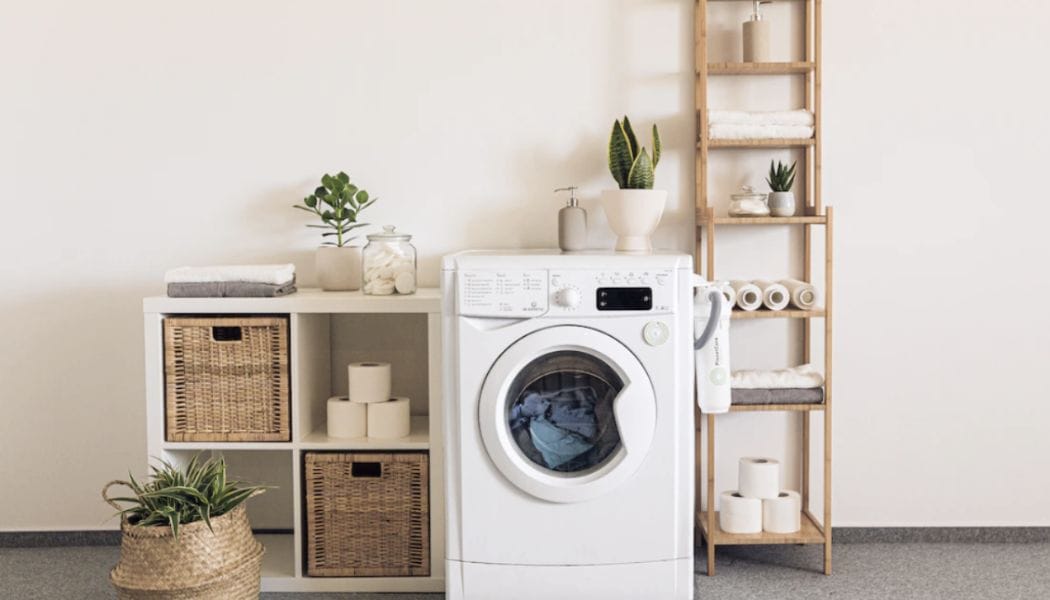
Sorting Laundry Effectively
Sorting laundry is an important step in doing laundry at home. It helps to ensure that clothes are washed at the appropriate temperature and with the right cycle. Here are a few tips for sorting laundry effectively:
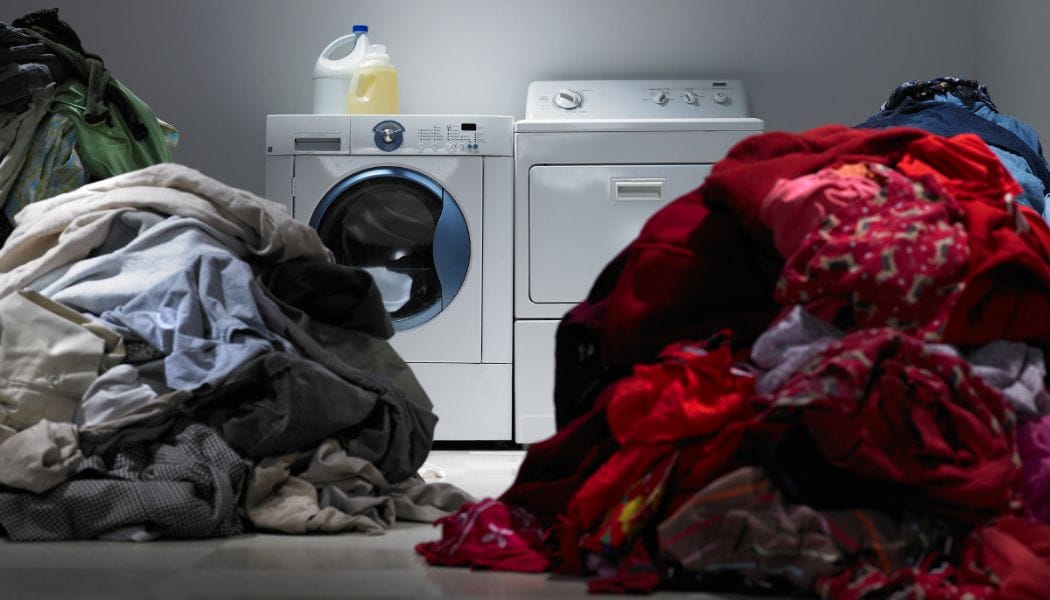
- Sort by Color: Separate clothes into piles of whites, lights, and darks. This will help prevent colors from bleeding and keep whites looking bright.
- Sort by Fabric Type: Sort clothes by fabric type, such as cotton, wool, or synthetic materials. This will help prevent damage to delicate fabrics and ensure that clothes are washed at the appropriate temperature.
- Check Labels: Always check the care labels on clothing before washing. Some fabrics may require special care, such as hand washing or dry cleaning.
- Consider Soil Level: If clothes are heavily soiled, they may need to be washed separately or pre-treated before washing with other clothes.
- Use a Laundry Basket: Keep a laundry basket in each bedroom or bathroom to make it easy for family members to sort their own laundry.
By sorting laundry effectively, you can ensure that clothes are washed properly and last longer. It may take a little extra time, but it's worth it in the long run.
Proper Loading of Washing Machine
Loading the washing machine properly is an important step to ensure that clothes are cleaned evenly and effectively. Here are some tips to follow:
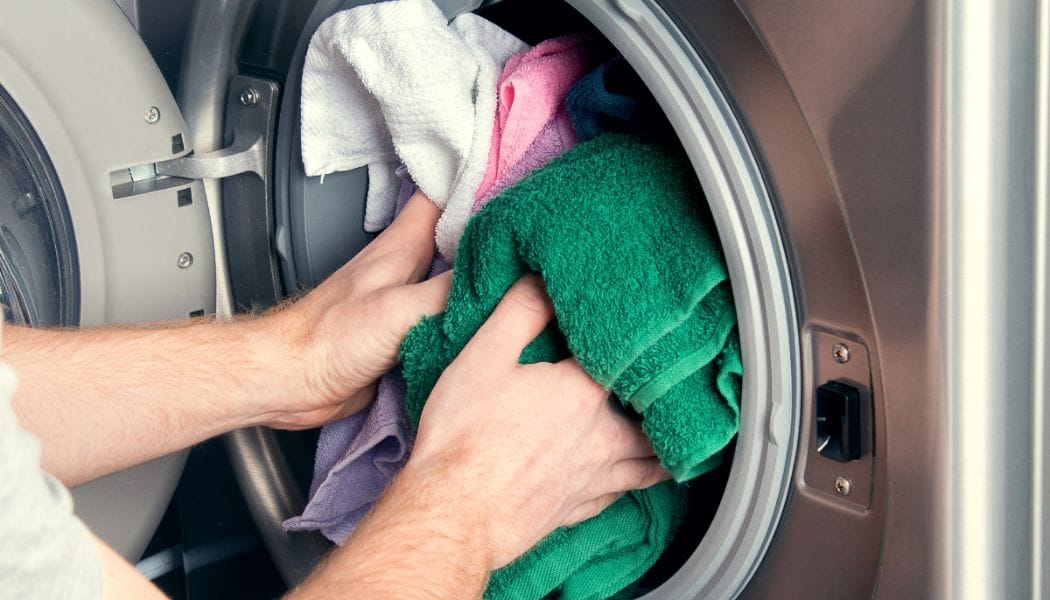
- Do not overload the washing machine: Overloading can cause clothes to not be cleaned properly and can also damage the machine.
- Separate clothes by color and fabric type: Washing dark and light clothes together can cause the colors to bleed and ruin the clothes. Similarly, washing delicate fabrics with heavy fabrics can cause damage to the delicate items.
- Turn clothes inside out: This helps to protect the fabric from damage and also ensures that the side that is most likely to get dirty is cleaned properly.
- Place clothes loosely in the machine: Do not pack them tightly as this can prevent the water and detergent from reaching all parts of the clothes.
- Add detergent according to the instructions on the label: Using too much detergent can leave residue on the clothes and cause skin irritation, while using too little can result in clothes not being cleaned properly.
- Use the appropriate water temperature for the clothes being washed: Hot water is best for white clothes and heavily soiled items, while cold water is suitable for delicate fabrics and bright colors.
By following these tips, clothes can be cleaned effectively and efficiently, while also ensuring that the washing machine is not damaged. Your laundry efficiency is heavily reliant on your usage of your washing machine, that is why you need to make the most out of your machines.
Setting the Right Water Temperature
Setting the right water temperature is an essential step in doing laundry at home. The right temperature can help you to achieve optimal cleaning results and prevent damage to your clothes.
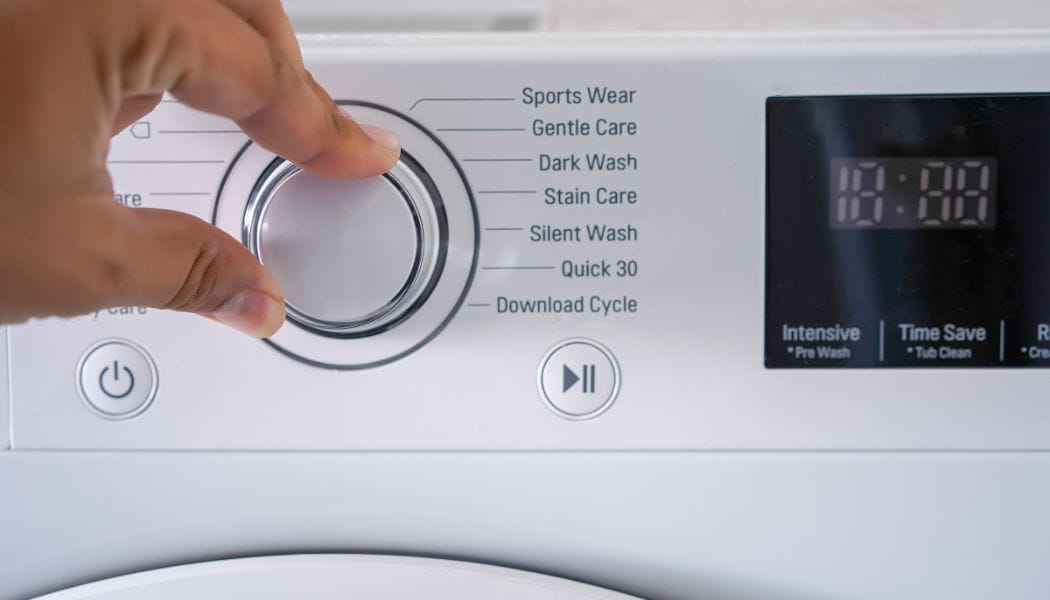
Hot Water: Hot water is ideal for washing white or light-colored clothes that are heavily soiled and stained. It can also help to kill bacteria and germs that may be present in the clothes. However, hot water can cause some fabrics to shrink or fade, so it is important to check the care label before using hot water.
Warm Water: Warm water is the most commonly used temperature for washing clothes. It is suitable for washing colored clothes and moderately soiled clothes. Warm water is also less likely to cause damage to clothes compared to hot water.
Cold Water: Cold water is ideal for washing dark-colored clothes and delicate fabrics. It is also suitable for clothes that are lightly soiled. Cold water is gentler on clothes and helps to prevent shrinkage and fading.
Tips for Setting the Right Water Temperature
- Always check the care label on the clothes before washing to determine the appropriate water temperature.
- Use hot water only for heavily soiled and white or light-colored clothes.
- Use warm water for colored clothes and moderately soiled clothes.
- Use cold water for dark-colored clothes and delicate fabrics.
- Consider using a cold water detergent that is specially formulated to work in cold water.
- If in doubt, use cold water to avoid damaging your clothes.
By following these tips, you can ensure that you are setting the right water temperature for your laundry. This will help you to achieve optimal cleaning results while also protecting your clothes from damage.
Using Fabric Softeners and Conditioners
Fabric softeners and conditioners are commonly used in the laundry process to make clothes feel softer and more comfortable to wear. They also help to reduce static cling and wrinkles. Here are a few tips on how to properly use fabric softeners and conditioners:
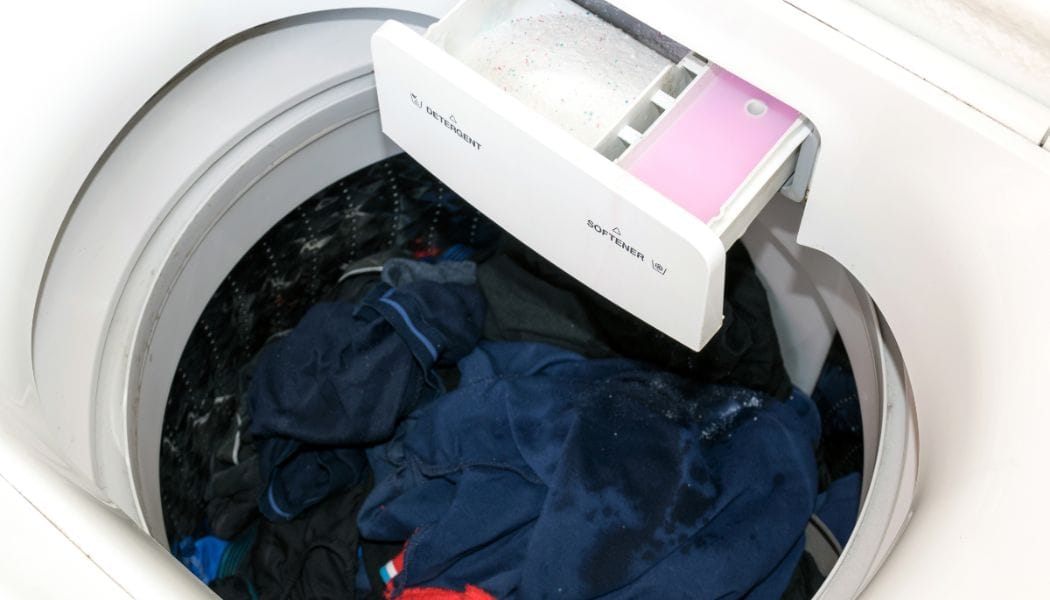
- Read the label: Always read the label on the fabric softener or conditioner to make sure it is suitable for the type of fabric you are washing.
- Use the right amount: Using too much fabric softener or conditioner can leave a residue on your clothes and decrease their absorbency. Use the recommended amount for the load size and water hardness.
- Add it at the right time: Fabric softeners and conditioners should be added during the rinse cycle. Adding them during the wash cycle can reduce their effectiveness.
- Don't mix with bleach: Bleach and fabric softeners or conditioners should not be mixed together as it can create harmful gases.
- Consider alternatives: If you prefer not to use fabric softeners or conditioners, there are alternatives such as dryer balls or vinegar that can help soften clothes and reduce static cling.
By following these tips, you can ensure that your clothes are soft, comfortable, and free of static cling and wrinkles.


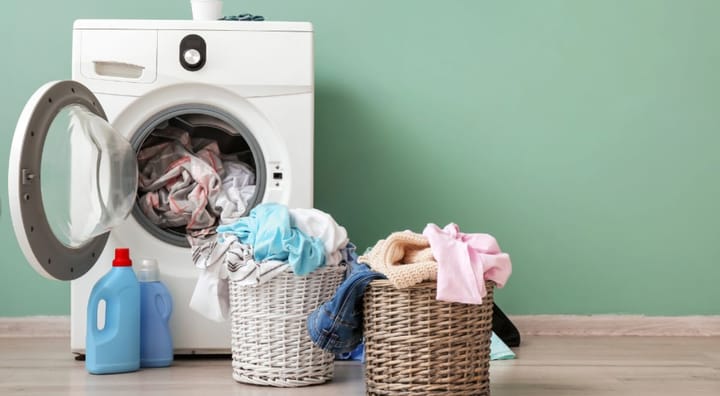
Comments ()